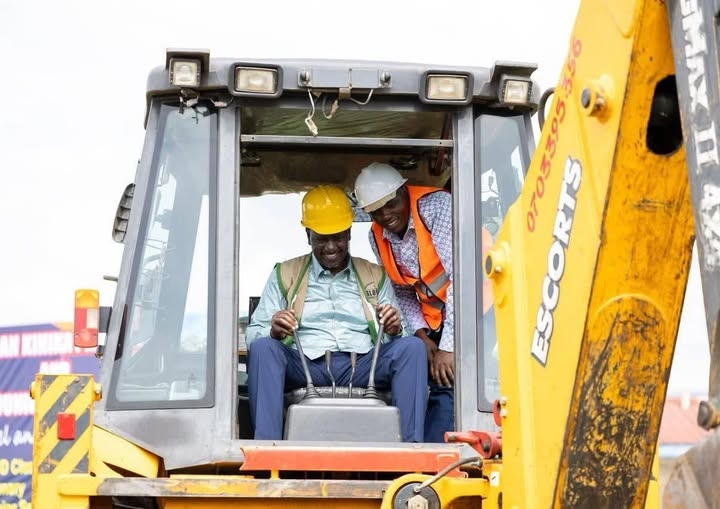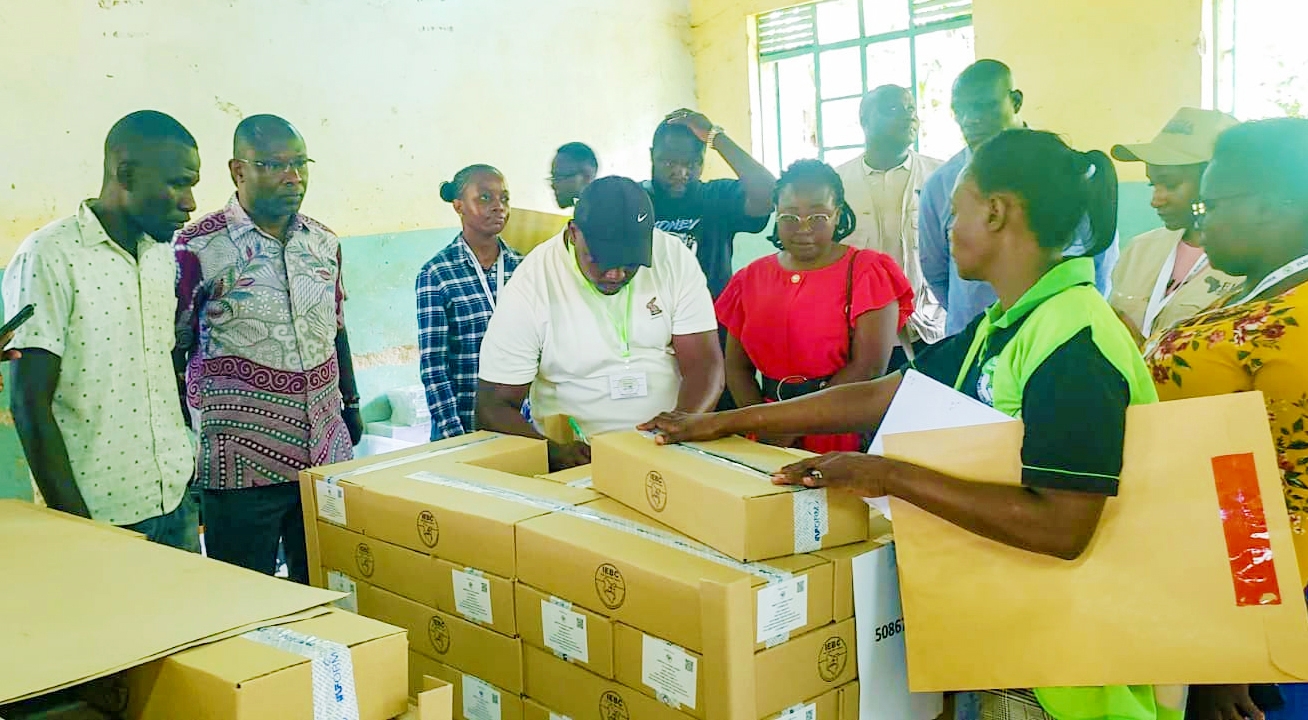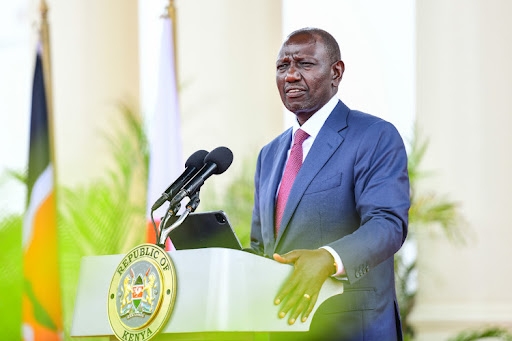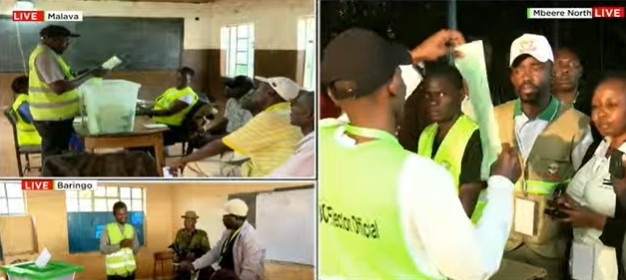The Kenya Medical Supplies Authority has defended itself after allegations of a massive break of the law and loss of billions in its operations.
This is after a report released by the Office of the Auditor General indicated a suspected loss of billions of shillings and violations of the law involving top managers.
In a statement on Friday, Kemsa said its attention has been drawn to reports published in a local daily saying the issues raised in the publication are inaccurate.
"The Authority would like to clarify that a number of issues reported are inaccurate, non-factual, misleading and misrepresents activities implementation during the said period," the statement reads in a part.
On the allegations of the Authority not having progress despite the Sh300 million budget, Kemsa said the money was earmarked for the procurement of the ERP system.
The ERP system, Kemsa said, has been developed and training on the same is ongoing and is expected to go live by December 18, 2024.
"It is also good to note that Kemsa is an agent of the Ministry of Health tasked with procuring, warehousing and distribution of HPTs. Partnership agreements are entered into with the government through the Ministry of Health," the statement reads.
Kemsa was accused of being allocated Sh300 million for a change of management at the entity, which also spelt out a path for reforms.
According to the report, however, the proposed reforms are yet to be implemented fully.
On the allegation of diverting maritime personnel supplies to health facilities, Kemsa stated that MoH had instructed them to procure both ARVs and vaccines under one AIE.
Due to the nature of the AIE, these were captured in Kemsa under NASCOP commodities and were partially issued.
The Authority has, however, pledged to follow up with the ministry for the full distribution list.
Kemsa responded to allegations of purchasing excess purchases of Sh3.5 billion.
The Authority said requests for any procurement are based on projected demand at that period.
However, changes in demand may arise due to various factors leading to either over or understocking of a certain commodity. Delays in the delivery of goods from various suppliers do affect the stock levels at any given time, the Authority said.
The Authority was accused of issuing health products to Kenyans before testing.
While responding to the allegations, Kemsa said all products procured by them are sampled, inspected and/or tested as per the Quality Assurance sampling procedures.
"The testing criteria depends on the nature of the product with some requiring Pharmacopeia analysis, while others may require visual inspection. The Authority has an ISO-certified laboratory and also partners with other agencies like NCQL to undertake further product quality tests," the statement reads.
The Authority was accused of delivering Sh572 million in supplies to non-existent health facilities.
In response, Kemsa stated that it is mandated to procure, warehouse and distribute Health Products and Technologies (HPTs) for prescribed public health programmes.
The Authority said it delivers MoH-supported programmes and donated items as per distribution lists provided by respective programmes.
According to them, the 23 counties and 275 sub-counties in question have centralised stores, where Kemsa delivered the programme/ donated HPTs as specified in the distribution lists.
"This necessitated Kemsa to create the centralised stores as delivery points even though they are not actual health facilities."
"Many of these were created during Covid-19, where counties wanted to create a centralised store," Kemsa added.
Kemsa said all ARVs in Kenya are centrally procured in Kemsa for distribution to either MoH, FBO or health institutions that report to the KHIS.
All ARVs are issued to patients for free, they noted.
Kemsa defended itself on allegations of sending supplies worth Sh56 million to private hospitals but billed on counites, MoH.
According to the Authority, billing to counties is non-existent because ARVs are delivered for free courtesy of development partners like Global Fund, and USAID to fight HIV/AIDS, TB and Malaria.
On the loss of Sh168 million in Global Fund change of procurement of LLINs, Kemsa said it lost revenue from procurement fees when Global Fund changed the procuring entity from Kemsa to Wambo.org.
However, Kemsa said it still has the function of warehousing and distributing the nets to the last mile where it is earning fees.
Reports by the Auditor General indicated that Kemsa had various procurement irregularities.
However, Kemsa has clarified saying all contract extensions were granted in compliance with Sec. 88 of the Public Procurement and Assets Disposal Act 2015 (Rev edition 2022).
"This was based on requests received from suppliers before the expiry of the contract period. Delays in order processing were attributed to a lack of budget to commit the same in the ERP system. The budget allocated during the financial year was first used to commit the pending bills (as the first charge) affecting monies projected committed to procurement," the statement reads in a part.
Kemsa added that all procurements during the financial year were conducted in strict compliance with PPADA 2015 (Rev edition 2022), where various methods of procurement were used as outlined in the Act.
On the accusation of having an excess purchase of Sh3.5 billion, Kemsa said the requests for any procurement are based on projected demand at that period.
They, however, said changes in demand may arise due to various factors leading to either over or understocking of a certain commodity.













